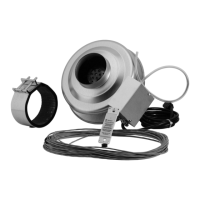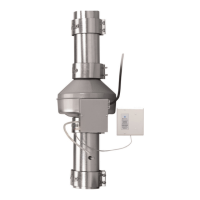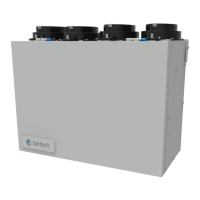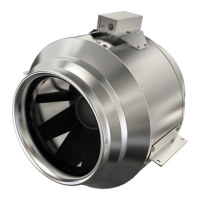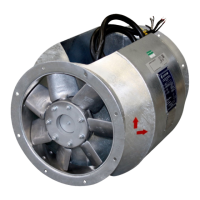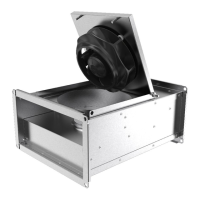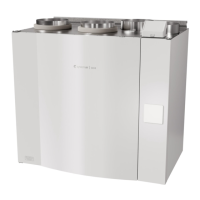5
INSTALLING THE OUTDOOR VENTS
RECOMMENDED INSTALLATION
INSTALLING THE VENTS
18" 18"
(460mm)(460mm)
36" 36"
(1m)(1m)
3' 3'
(900mm)(900mm)
min.min.
36" 36"
(1m)(1m)
Intake
• Should be located upstream of prevailing
winds from exhaust
• At a minimum of 900 mm (3') away from
dryer vents and furnace exhaust (medium
or high efficiency furnaces), driveways, oil
fill pipes, gas meters, or garbage
containers.
• Do not locate in the garage, attic, crawl
space, or underneath deck.
Locating the Exhaust Weatherhood
• Not near a gas meter, electric meter or a
walkway where fog or ice could create a
hazard
• Do not locate in a garage, workshop or
other unheated space
A well designed and installed ducting system will
allow the FAA to operate at its maximum
efficiency.
• The inner liner of the flexible insulated duct
must be secured to the sleeve of the hood
(as close to the outside as possible) and to
the appropriate duct connection on the FAA.
• The insulation should remain full and not
crushed.
1. Cut hole between wall studs
3. Secure vent with proper screws
4. Seal using outdoor rated caulking 5. Attach insulated duct from inside and tape
2. Insert vent
• The outer liner, which acts as a vapor
barrier, must be completely sealed to the
outer wall and the FAA using tape and/or
caulking.
• A good bead of high quality caulking
(preferably acoustical sealant) will seal the
inner flexible duct to both the FAA duct
connection and the hood prior to securing
them.
• To minimize airflow restriction, the flexible
insulated duct that connects the two
outside weatherhoods to the FAA should
be stretched tightly and be as short as
possible.
• Twisting or folding the duct will severely
restrict airflow.

